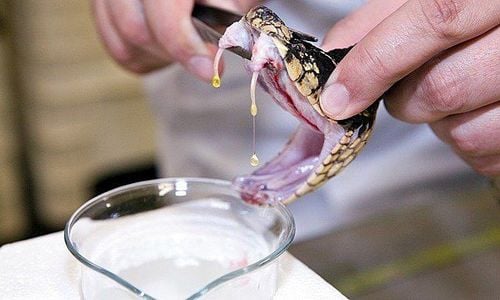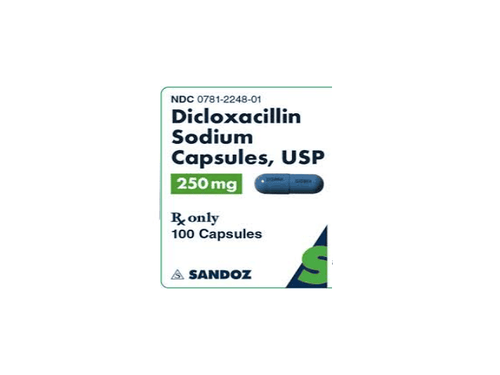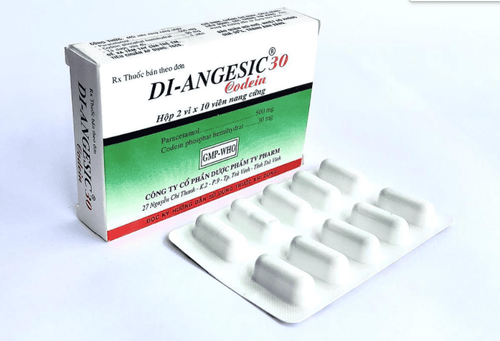This is an automatically translated article.
The article is expertly consulted by Master, Doctor Nguyen Tung Hoanh - Interventional Cardiologist - Department of Resuscitation - Emergency - Vinmec Nha Trang International General Hospital.One of the main and intensive interventions in the intensive care unit for critically ill patients is mechanical ventilation. Mechanical ventilation is a way to support or completely replace the body's respiratory function. However, when mechanical ventilation is needed, how and related things need to be followed properly for this intervention to bring maximum benefit to the patient.
1. What is mechanical ventilation?
Mechanical ventilation, also known as mechanical ventilation, is a form of support or complete replacement of the respiratory function of the lungs, thorax and related organs.There are many reasons for a patient to be identified as requiring ventilatory intervention. Of these, severely low oxygen levels in the blood or severe shortness of breath due to an infection such as pneumonia are among the most common.
At this point, the doctor will decide to ventilate through a mask that covers the nose and mouth or through an endotracheal tube, depending on the patient's condition. This system will then be connected to the ventilator and the ventilator will do a variety of jobs, both pushing the mixture of air and oxygen into the lungs and taking the exhaust out of the chest rhythmically for a period of time. time until the patient's breathing ability recovers.
In the case of severe disease that is slow to improve or there are obstructions in the airways, the patient needs a ventilator for a long time, then a tracheostomy is needed. In it, the surgeon will make a hole in the neck and windpipe to insert the tracheostomy tube into the hole and also connect to the ventilator. This will make it easier to take care of the patient's oropharynx and prevent complications from prolonged intubation. However, the use of a tracheostomy tube is not permanent and should be eliminated if a patient is no longer indicated for mechanical ventilation.
In general, most patients on ventilators are monitored in the ICU with heart rate, respiratory rate, blood pressure, and blood oxygen saturation being hooked up to a central monitor. for continuous monitoring. In addition, the doctor also needs to perform tests to assess the patient's breathing ability such as X-ray and arterial blood gas daily to adjust the parameters on the ventilator to suit the disease progression. At the same time, the effectiveness of mechanical ventilation also depends on the care of a team of nurses and respiratory therapists to help limit the time of mechanical ventilation and prevent related complications.
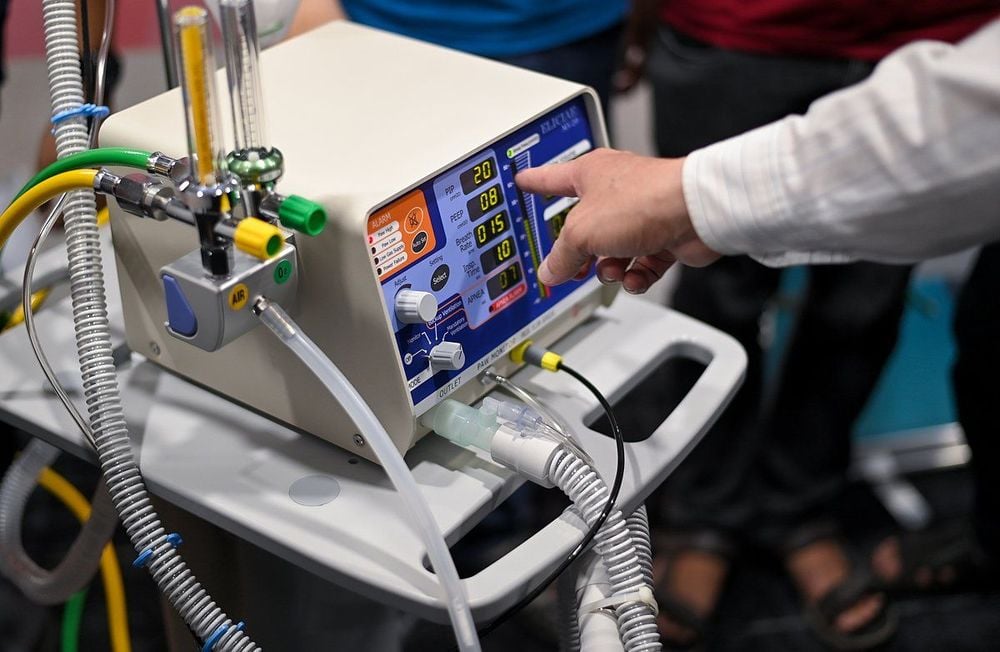
Các chỉ số theo dõi sự sống của người bệnh được hiển thị trên màn hình monitor
2. When is mechanical ventilation needed?
Common indications for mechanical ventilation include:Slow breathing or apnea Tachypnea, more than 30 beats/min Acute lung injury such as pneumonia Acute respiratory distress syndrome Aerosol volume decreased below 15 mL/ kg Tidal volume greater than 10 L/min Blood oxygen partial pressure (PaO2) less than 55 mmHg Blood carbon dioxide partial pressure (PaCO2) greater than 50 mmHg with arterial pH less than 7, 25 Pressure difference between arterial and alveolar blood oxygen (A-a DO2) with 100% oxygenation greater than 450 mm Hg Consciousness disturbance Respiratory muscle weakness Neuromuscular disease Airway obstruction. These are the indications to consider during mechanical ventilation. However, the timing of the decision to intervene is up to the physician's judgment based on the clinical progression of these conditions.
In addition, there are other indications of mechanical ventilation to support the treatment of pathologies in other organs instead of the respiratory organs such as:
Controlling intracranial pressure in head trauma Protecting the posterior airway drug overdose After cardiac arrest To recover from prolonged major surgery or trauma Assist in the treatment of severe systemic conditions such as severe shock or severe metabolic acidosis.

Người bệnh sau ngừng tim có thể được chỉ định thở máy giúp hỗ trợ chức năng tuần hoàn
3. Is mechanical ventilation contraindicated?
There are no absolute contraindications to mechanical ventilation.Accordingly, the decision on mechanical ventilation should be made urgently as soon as indicated based on prior evidence on clinical grounds. Waiting for test results or expecting a response to other treatments can lead to more severe disease and an unfortunate increase in mortality.
4. How to ventilate?
The most commonly used type of ventilator-assisted ventilation is intermittent positive pressure ventilation. In this, the volume in the lungs is inflated by intermittent positive pressure created by the ventilator and air is delivered to the patient through a mask, endotracheal tube, or tracheostomy tube.Next, the adjustment of modes on the ventilator will comply with one of two ways: volume control or pressure control:
For volume controlled ventilation: The ventilator will regularly delivers a pre-set volume of gas regardless of the pressure generated. For pressure-controlled mechanical ventilation: The amount of air delivered by the ventilator will follow a preset target pressure created in the airway. Depending on the patient's condition and condition and the indication for mechanical ventilation, the clinician will have to choose the safest and most appropriate mode to ventilate the patient.
5. How to start mechanical ventilation?
Mechanical ventilation can be viewed as a crude intervention. Accordingly, the patient needs to be explained to create a good cooperation with the ventilator cycles in situations of non-invasive ventilation through the mask. In contrast, when it is necessary to intubate for mechanical ventilation but the patient is still awake or has not lost consciousness completely, the patient needs to be sedated, muscle relaxant before intubation. From there, breathing control with a ventilator will become more thorough.When initiating artificial ventilation, the aim is to reestablish the most physiologically appropriate respiratory function, the patient should be adjusted to the values of airflow volume and respiratory rate according to the medical condition. These parameters need to be clearly recorded on the follow-up record, as evidence for further adjustment of disease progression.

Người bệnh cần được sử dụng thuốc an thần trước khi tiến hành thở máy
FIO2 1.0 initially but then gradually decrease and aim for SaO2 between 93-98%, PEEP 5cmH2O Tidal volume 6-8ml/kg Pressure airway force 20cmH2O (15cmH2O on PEEP) Frequency 10-15 breaths per minute Pressure Assist (ASB) 20cmH2O (15cmH2O on PEEP) Time I:E ratio 1:2.
6. When to wean off the ventilator?
Because mechanical ventilation is an interventional treatment and carries the risk of several associated complications, physicians need to monitor patient progress continuously and consider respiratory arrest as soon as the patient improves. If artificial ventilation is prolonged when the indications are exhausted, it will increase the risk of ventilator dependence and make it more difficult to wean off the ventilator later on.If patients are on ventilators for a short time, for example those recovering from major surgery or having well-controlled acute respiratory failure from pneumonia, weaning off the machine is usually easy. In contrast, for others who are on mechanical ventilation for many days, for example due to critical respiratory syndrome, neuromuscular disease, coma after cardiac arrest, prolonged mechanical ventilation will weaken the respiratory muscles. and atrophy, will no longer perform well in respiratory function after unplugging the machine.
Accordingly, the weaning rate should be planned as soon as it is decided to initiate an interventional ventilation. This will help alert the treating doctor to regularly assess the existence of indications for mechanical ventilation, install ventilation modes in accordance with disease progression as well as nutrition and comprehensive care. prevent respiratory muscle atrophy in order to be ready to wean off the ventilator as soon as the indication is over.
At this point, the decision to initiate weaning off the ventilator will be based on the clinical features as well as the physician's experience. However, there are some guidelines that can be helpful to help judge the appropriate timing of weaning and give a high success rate:
Spontaneous respiratory rate less than 35 breaths per minute FIO2 less than 0.5 and SaO2 reaching more than 90% PEEP less than 10cmH2O Tidal volume above 5ml/kg No infection or fever Stabilizes cardiovascular function, optimal water and electrolyte balance Consciousness and awareness explained to patient, avoidance cause fear, confusion, agitation.
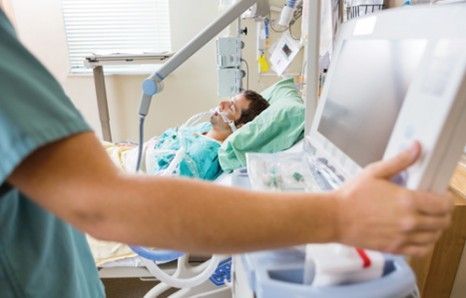
Cai thở máy cần đảm bảo một số yếu tố từ bệnh nhân cũng như chỉ định của bac sĩ điều trị
7. Complications related to mechanical ventilation and how to care for ventilator patients?
Because mechanical ventilation is an interventional treatment, improper implementation or inadequate control, good care can cause further harm to the patient. Common ventilator-associated complications are ventilator-associated pneumonia, tension pneumothorax, atelectasis, airway trauma, ventilator dependence, hypotension, decreased cardiac output, and fluid and electrical disturbances. solution, stagnation of mucus...Therefore, the success of treating patients with ventilators depends largely on the daily care of ventilator patients. In particular, the role of hygiene and suction of viscous sputum, keeping the airways open plays an important role. In addition, it is necessary to pay attention to the correct position of the endotracheal tube, and the parameters to assess oxygen saturation, breathing rate, blood pressure, and blood gases should also be monitored. In addition, to minimize the risk of ventilator-associated pneumonia, caregivers should best practice proper hand-washing techniques, aseptic technique with sputum aspiration, elevating the head of the bed 30-45 degrees, and prophylaxis. peptic ulcer disease, deep vein thrombosis as well as oral care. Finally, regular observation, listening, and early detection of patients in pain, anxiety and need for sedation are also essential for the optimal benefit of mechanical ventilation.
In summary, mechanical ventilation is a method of artificial ventilation when the body's respiratory function is no longer guaranteed such as acute respiratory failure, pneumonia ... The treatment with mechanical ventilation needs to comply with the following guidelines. strict guidelines on indications, contraindications, setting parameters, weaning and care. Only when these requirements are met, mechanical ventilation will be a useful therapeutic method and help quickly improve the patient's condition.
Please dial HOTLINE for more information or register for an appointment HERE. Download MyVinmec app to make appointments faster and to manage your bookings easily.







